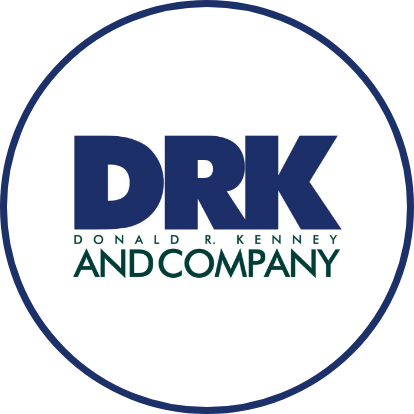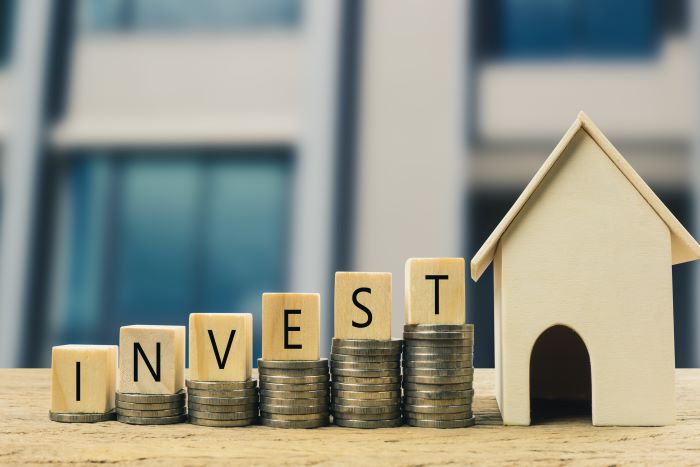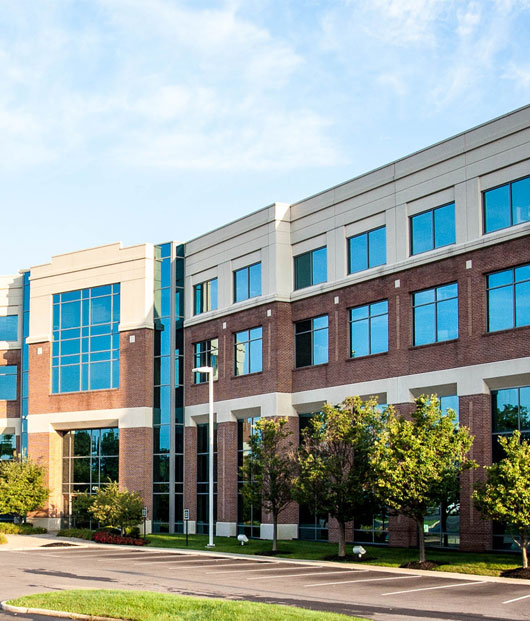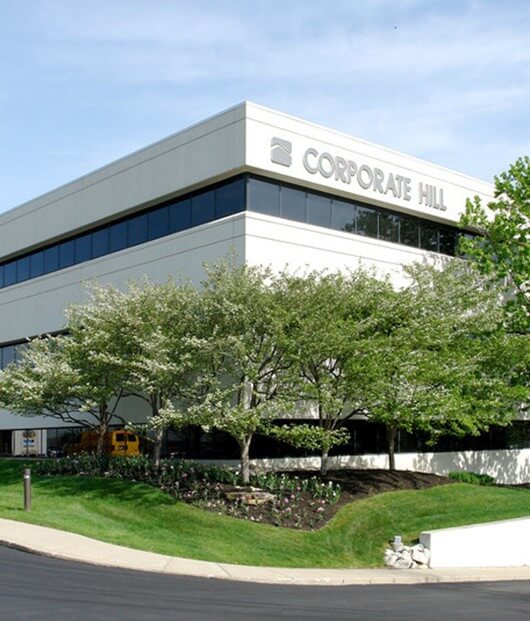If you own or are developing real estate, loans can be lifesavers. And nine times out of 10, they’re a must.
A commercial real estate loan is a borrowed sum of cash used to help finance a commercial property. This can include buying, remodeling, building or rebuilding said property, and covers non-residential real estate such as offices, hotels, warehouses, hospitals and more. It also includes vacant property or land where you can construct your buildings.
Understanding these loans and how they work will make the process of applying for one much smoother. Here are the ins and outs of commercial real estate loan rates in 2023.

Average Commercial Real Estate Rates by Property Type
Before diving into the specifics, it’s important to know about the rates you’ll be expected to pay. These are the average commercial real estate loan rates you’ll likely encounter in the U.S., based on the type of property you’re investing in:
Office Building: 3.87 percent for an average of 20.5 years
Restaurant: 5.91 percent for an average of 7.45 years
Industrial Building: 4.14 percent for an average of 11.46 years
Self-Storage: 5.23 percent for an average of 6.1 years
Healthcare Facilities: 4.43 percent for an average of 13.65 years
Rental Building: 4.29 percent for an average of 6.2 years
Hotel: 4.81 percent for an average of 7.8 years
Types of Commercial Real Estate Loans
Commercial real estate loans come in multiple shapes and sizes, each with their own function and benefits. Here’s the lowdown on each:
Conventional Commercial Real Estate Loan: These loans are the most common type used by investors. Your term will last from five to 30 years with interest rates as low as three percent with up to a 20-percent minimum down payment.
Commercial Bridge Loan: As the name implies, a bridge loan covers the gap between your initial purchase and future long-term financing. This loan usually covers two years with a 10 to 20-percent down payment.
SBA 7(a) Loan: These types of loans are used for larger purchases. They require major input from your bank and, when approved, can provide up to $5 million in financing for up to 25 years.
SBA 504 Loan: This second type of SBA loan covers both a 40-percent Certified Development Company loan and an up to 50-percent bank loan for as much as $5 million.
CMBS/Conduit Loan: A commercial mortgage-backed security (CMBS) loan is a collection of smaller loans sold to investors on the secondary market. These loans are done outside of traditional channels and can cover you for up to $3 million.
Hard Money Loan: These loans function in much the same way as bridge loans, with the funds covering you until larger financing is available. The difference lies in its source; instead of going through a bank, hard money loans are acquired from private lenders.
How to Choose a Commercial Loan Lender
Hiring a commercial loan lender means inviting a pivotal team member into your circle. You’ll need to trust your lender with valuable financial information, and it’s no exaggeration to say that they will hold the future of your business in their hands. Naturally, choosing the right lender will be crucial.
The first step is to know what type of loan you require. Are you looking for something more conventional, or an SBA with a higher sum involved? Do you meet the qualifications dictated by the lender and the loan you need? Have you adequately budgeted for a lender’s services?
Next, take the following list of considerations into account:
Does your lender know and understand your business and the market you operate in?
Have you researched the lender to determine how well they will do the job?
What are other investors saying about your lender?
What are your bank’s repayment terms and other loan requirements?
What Will Lenders Look for?
A potential lender will be vetting you just as intently as you’re vetting them. Here’s what they’ll be looking for:
Finances: A lender will pay close attention to your cash flow and how successful your business is. If they consider you a risky business to invest in (likely because they’re concerned you’ll be unable to pay back the loan), they may pass on you or get creative in an attempt to gain your business while protecting themselves.
Credit: Your business credit score will also come under scrutiny. The typical minimum credit score for a small business to qualify for a loan is 96%, so if your number is in this ballpark, a lender will consider your business less of a financial risk to invest in. It’s also recommended that your personal credit score be somewhere in the 640 to 700 range or higher.
The Property: The most pivotal part of the equation is the property itself. You’ll be required to occupy at least 51 percent of the building or buildings’ square footage to qualify. Furthermore, you’ll be putting the property up as collateral as part of the loan process. The lender can seize the property if the loan isn’t repaid.
What Do High Interest Rates Mean for Commercial Loans?
One important aspect of commercial real estate loans to keep in mind is high interest rates. Here’s how the fluctuation of these rates can affect you and your investment:
The Demand of Investors Slow Down: When interest rates increase, so do the expenses of investors. As a result, borrowing, asset acquisition, construction and development decrease in an attempt to save money. This can lead to hesitancy from investors to pursue potentially expensive projects.
Commercial Property Values Decrease: High interest rates also lead to decreased property values. Since investors have a return target they need to hit when investing, lowered values make up for the loss from higher rates. This requires planning ahead when investing; refinancing in the future after borrowing costs decrease can be a good way to safely invest when rates are in flux. Just be sure you’re paying attention to the market and not setting yourself up for issues if rates take longer to decrease.
In the end, partnering with a lender to secure a commercial real estate loan is a wise move. Provided you qualify for the ideal type of loan and can pay back your funds, borrowing cash for your investment remains a solid way to finance your new property in 2023.
Ready to talk loans? The experts at DRK can help. We’re always on hand to answer your questions, give you market insights and guide your commercial real estate investments through every step of the process.
Take a look at the investment-ready commercial properties available in the Columbus, Ohio, area right here.
Until next time,








